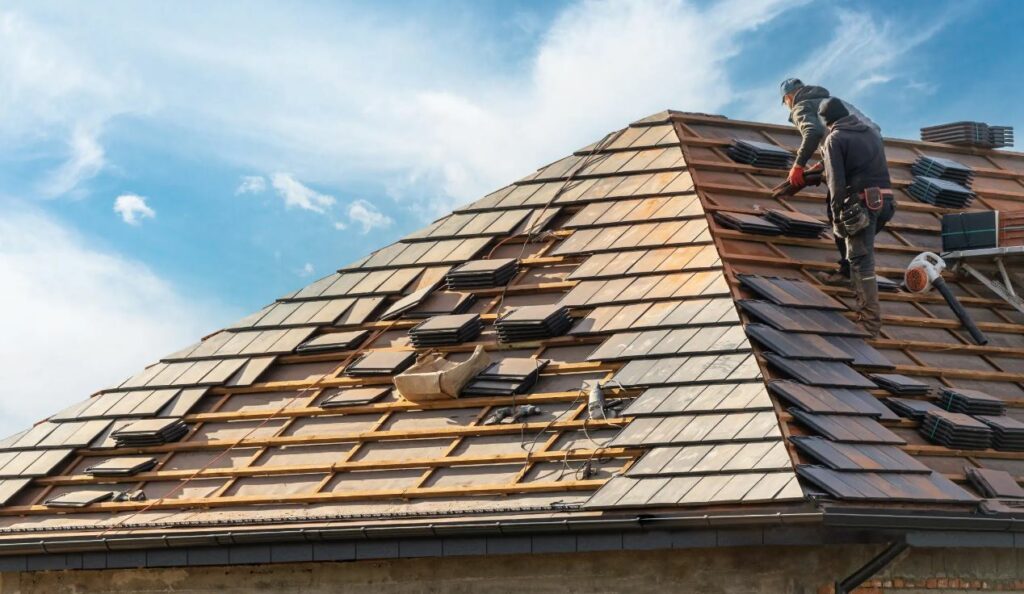Just when you’re about to replace your roof, isn’t it fascinating how the universe coincidentally nudges you to think beyond traditional shingles? As it turns out, shingles aren’t your only choice in today’s evolving market.
You’re stepping into an era teeming with innovative materials that redefine durability, aesthetics, and environmental impact. You have green roofs that integrate vegetation, solar tiles that harness renewable energy, metal roofing that stands up to harsh weather, and even recycled composite roofing that merges sustainability with longevity.
The question isn’t whether you’ll find a suitable alternative—it’s whether you’re prepared to make a decision that could revolutionize your home’s protective layer and perhaps, even your lifestyle.
Let’s embark on this journey of discovery, shall we?
Exploring Alternative Roofing Materials
You’ll find an array of alternative roofing materials on the market today, each offering unique benefits and drawbacks. Metals such as aluminum, steel, or copper are durable, fireproof, and recyclable, making them eco-friendly choices. However, they’re more expensive than traditional materials and may not suit every architectural style.
For a rustic, natural look, you might consider wood shakes or shingles. They’re energy-efficient and highly aesthetic, but they require regular maintenance and are susceptible to fire and rot.
Slate, on the other hand, is a high-end material that’s fire-resistant and exceptionally long-lasting, but it’s heavy and requires specialized installation.
Understanding your options empowers you to make an informed decision that aligns with your home’s style, your budget, and your environmental values.
Pros and Cons of Innovative Roof Choices
When considering innovative roofing choices, it’s crucial to weigh the pros and cons to ensure the material aligns with both your aesthetic preferences and practical needs.
Solar tiles, for instance, generate energy and are visually discreet, but they’re costly and require professional installation.
Metal roofs are durable, fire-resistant and recyclable, yet they could be noisy during rainfall and are prone to denting.
Green roofs provide insulation and help manage stormwater, but they need significant structural support, maintenance, and upfront investment.
Synthetic roofing offers variety in looks and longevity, but it’s not as eco-friendly.
Your choice should reflect what you value most: energy efficiency, durability, aesthetics, or eco-friendliness.
Researching each option will empower you to make an informed decision.

